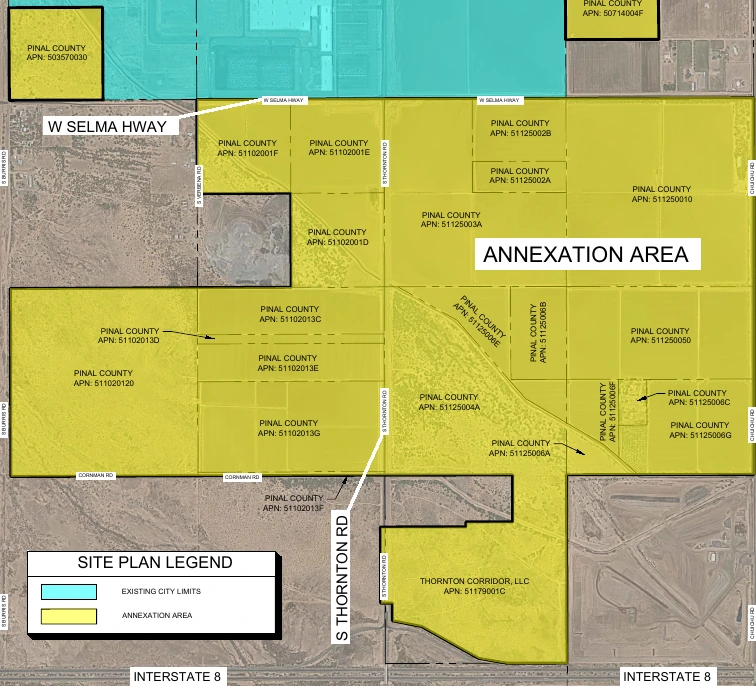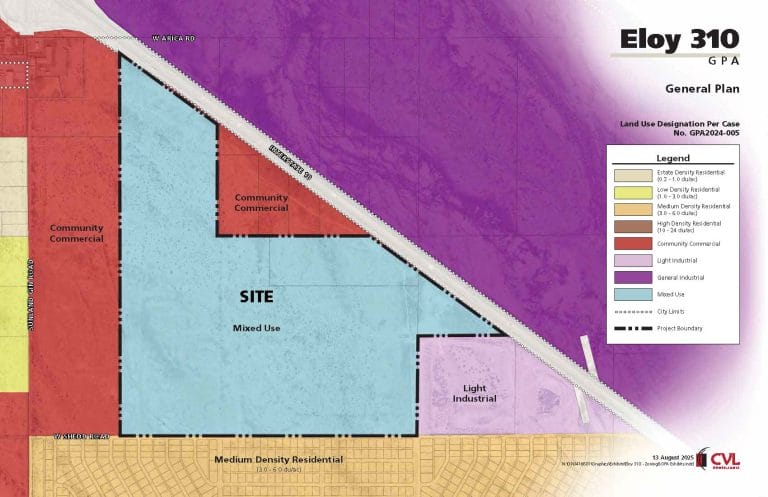
FOR IMMEDIATE RELEASE
April 20, 2020
The Monday Morning Quarterback
A quick analysis of important economic data released over the last week
I try to make some notes every day about what’s going on so at the end of the week I can write about what’s changed and where things appear to be going. But, so much went on last week that I will just give a “stream of consciousness” list of thoughts.
It appears that the closed parts of the economy will start to reopen shortly. It will reopen slowly, cautiously, piece by piece and place by place. This reopening is necessary. We need to think in terms of the well-being of the entire community both now and down the road. We are causing considerable damage to the economy (financial and psychological) both in the near term and longer tern. Even if congress does manage to design a more targeted plan that gets 75%-80% of the pre-layoff income to those workers affected so they have income to spend at the end of this, if the vaccine is still 12-15 months away, the total cost fiscally by necessity will be enormous. At some level of debt (if not $2 trillion then what happens at $6 trillion) it will more difficult in terms of money market conditions and economic alternatives. Indeed, it would be hard not to get considerably more inflationary pressures at some point during the recovery. The higher level of debt coupled with a slower economy that future demographics mandate would create longer term damage that would include reduced capacity to provide better health care in the future as well as a day of reckoning with debt issues around the world. Unfortunately, this is a road we must go down to keep the economy viable currently.
One must look at the latest data all the time and change his or her point of view when the data changes from expectations. This may suggest a new conclusion based on the new data. In other words, you always have to do the best you can with the information you have available at the time. Here’s what we know today. The models used to project deaths from COVID-19 originally suggested that there could be more than one million deaths in the U.S. That number was revised down to 200,000-240,000 deaths. It was again revised down to about 60,000. Models are based on historic relationships. It is difficult to have them be very accurate until you understand those relationships. This is why such large shifts in the projections are not surprising. It is also why such projections have very large standard deviations and must be taken as such. Again, you do the best you can with the information you have.
But, things have changed. We know that social distancing along with washing hands frequently, wearing masks when you do go out and sheltering in place is working. We know that in Arizona less than 25% of those who have contracted COVID-19 are over 65 years old. We also know that more than 70% of those who have died from the disease were over 65. We know that the government has fallen far short in providing the resources to get all the testing that is needed. In fact, we don’t really know how many people have had the disease so we don’t know if the death rate in total and by age group is even close to currently stated numbers. Also, if the objective is to find those who have COVID-19, isolate them, trace people they have been in close contact with over the past two weeks and sequester those people for 14 days in an attempt to prevent the disease from spreading and repeating the process until things are under control, more testing is absolutely necessary.
We know that every day the economy stays closed, more damage is done. The unemployment rate could exceed 15-20%. More than 22 million Americans have been laid off so far since mid-March and the worst is in front of us. The toll financially could take years to fully unwind even with additional trillion-dollar packages from Washington. We also know that the implementation of those packages has been, shall we say, troubled, especially for small businesses where every day without funds lowers the chances of survival.
We know that we have flattened the curve and the health care system is in reasonably good shape. We know that the heat of summer may slow the spread of COVID-19 but it will be back in the fall. And most of all, we know that THERE CAN BE NO REAL RESOLUTION OF THE DISEASE UNTIL A VACCINE IS DEVELOPED. This, by most estimates, remains a year or more down the road. But if there was vaccine that was quickly producible tomorrow, the problem would end tomorrow.
Knowing all of this, would we as a society have made the same choices today as we did six weeks ago? Maybe, or maybe not. We have more and better information today, so looking back is a waste of time. But, certainly we know those who are most at risk (over 65 and/or with compromised immune systems) can be kept reasonably safe by existing procedures. And we know that the economic damage is worse than could have been anticipated. We have to reopen the economy ASAP without allowing the disease to accelerate. The government now has a plan to do so. But the plan is just a start and will have limited results at first. We will discuss the plan in a minute.
So where does the economy stand today? It’s a mess. There will be no fast recovery. As we said last week, the recovery will look more like a Nike Swoosh than a V or even a U. We will face supply shocks (much of the economy is off line and will take a longer than expected time to reengage.) and we have massive fiscal and monetary expansion globally. The combination of these two things probably means that inflation will reappear in 2021.
The $2.3 trillion disaster relief plan (The CARES Act) was put in place when the expectation was for a 3-4 month V shaped recession and recovery. It now looks like there will be an add-on to the CARES Act and will eventually cost several trillion more. This will be necessary to keep money flowing to those who have been affected by the layoffs caused by COVID-19 or to allow businesses to reopen. That doesn’t include a 6-12 month recession or the shortfalls at the state and local levels or the fact that most third-world countries can’t afford to keep their economies afloat during that period of time. My conclusion is that we won’t get back to where we were in February at any time soon. Travel will be the last thing to come back-probably after a vaccine. But, even as restaurants open how can they be expected to do well if they can only serve one third to one half of their old capacity due to the need for social distancing? Same with retail stores. Are you likely to go to a movie pre-vaccine?
Can things turn out better than I am portraying here? Absolutely. The American private sector will, without government mandates and waiting for someone to tell them what to do, figure out what works and what doesn’t quickly. The government will need to continue to support incomes and employ common sense (which at the federal level might be a stretch). We will get more testing, an area where government hasn’t been able to get up to speed so far. And the sooner we get a vaccine, the better. But, the recovery swoosh will be flatter than anyone else imagined just a short time ago.
At the state level, it appears that Governor Ducey will allow the state to start the reopening process sooner rather than later. Given the virus numbers in the state, that makes sense. He also appears to be trying to make people feel safe, getting input from the private sector and properly setting expectations. It seems to be well thought out.
The guts of the federal government plan to reopen the economy calls for a phased reopening state by state or even county by county at the pleasure of each Governor. It will be based on up-to-date data, the ability to mitigate the risk of a resurgence and protecting the vulnerable. The number of daily new cases and deaths from the virus have flattened out. The health system has not been overwhelmed. But, should the number of cases accelerate after reopening, it’s back to shelter in place.
Here’s a summary of what the plan looks like:
PHASE 1
• vulnerable individuals continue to shelter in place
• avoid socializing in groups of 10 or more
• minimal non-essential travel
• social distancing in public
• return to work in phases if possible
• business should encourage telework
• close common areas or enforce strict social distancing
What can open with strict physical distancing protocols?
• sit down restaurants
• movie theatres
• sporting events
• places of worship
• gyms-not only with physical distancing but with strict sanitation protocols
Bars stay closed.
PHASE 2 (no evidence of a COVID-19 rebound and satisfy the gating criteria for the second time)
• all vulnerable individuals continue to shelter in place
• others when in public should maximize physical distance from others
• non-essential travel can resume
• telework still encouraged
• common areas stay closed
What can reopen?
• schools and organized youth activities (day care, camps)
• large venues (sit in dining, movie theatres, sports venues, places of worship under moderate physical distancing protocols
• elective surgeries can resume
• gyms as above
• Bars can operate with diminished standing room occupancy
PHASE 3 (no evidence of a COVID-19 rebound and satisfy the gating criteria for the third time)
• vulnerable individuals can resume public interactions but should practice physical distancing and minimize exposure for social settings where distancing may not be practicable
• low risk population should consider minimizing time spent in crowded places
• large venues can operate under limited physical distancing protocols
What does this week’s data show?
• Initial claims for unemployment insurance nationally increased by another 5.2 million and is up more than 22 million since the middle of March. That’s about 13% of the number of people who were employed at that point and the worst may still be ahead of us.
• The April Blue Chip consensus forecast calls for real GDP to decline 4.1% this year and rise 3.8% next year.
• Retail sales fell 6.2% from year earlier levels in March after being up 4.6% from year earlier levels in February.
• The April National Association of Homebuilders housing market index fell from 72 in March to 30 in April. Another record.
• Arizona initial unemployment claims rose by more than 98,000 for the week of April 11 and are now up more than 353,000 since mid-March. Prior to mid-March, a number of 3,000 per week would have been considered normal.
• Arizona employment growth, particularly Greater Phoenix employment growth, did well in March. The state was second out of 50 state in terms of growth.
U.S. Snapshot:
• Initial claims for unemployment insurance were lower this week but were still at the third highest level in history. The 5,245,000 million workers who applied last week were down from the 6,615,000 the week of April 4 and the 6,867,000 who applied the week of March 28th. To put the numbers in perspective, for the week of February 28th, the number was 217,000. While the number is likely to be lower over the next few weeks, it will still be very high by any pre-COVID-19 standards.
• The Index of Leading Indicators, not unexpectedly, fell in March. The index fell to 104.2 in March from February’s 111.7. The index in April is likely to be much lower.
• The Blue Chip consensus forecast for April shows that real GDP is expected to decline by 4.1% in 2020 and grow by 3.8% in 2021. The unemployment rate is expected to peak at 14.0%. Real GDP this quarter is expected to drop at a 24.5% annual rate. The plunge expected this quarter is by far the largest drop on record.
• The only other information that involves post COVID-19 numbers is the NAHB Housing Market Index. It is an index of builder confidence. The index for April was 30. The index in March was 72. The index a year ago was 63. This drop, not unexpectedly, was the largest on record.
Arizona Snapshot:
• Weekly Most of the data for the state was for a period that was partly or entirely before the lockdown. The most valuable information was the initial claims for unemployment insurance data for the week of April 11. Claims increased by 98,531. While this is down from the prior week’s 132,428, keep in mind that for the week of March 7, initial claims were about 3,300. Over the last four weeks, 349,247 Arizona workers have filed initial claims.
• In other data, Arizona, and especially Greater Phoenix did well in terms of employment. It doesn’t mean much. That world is gone. By, the way, for March, Arizona produced more jobs on a percentage basis than all but one other state. It was the best performance comparatively in more than a dozen years. Also no surprise was the fact that the new housing markets in Greater Phoenix and in Tucson did well prior to the stay in place orders. This is now ancient history.
About EDPCo
Elliott D. Pollack & Company (EDPCo) offers a broad range of economic and real estate consulting services backed by one of the most comprehensive databases found in the nation. This information makes it possible for the firm to conduct economic forecasting, develop economic impact studies and prepare demographic analyses and forecasts. Econometric modeling and economic development analysis and planning are also part of our capabilities. EDPCo staff includes professionals with backgrounds in economics, urban planning, financial analysis, real estate development and government. These professionals serve a broad client base of both public and private sector entities that range from school districts and utility companies to law firms and real estate developers.
For more information, contact –
Elliott D. Pollack & Company
5111 N. Scottsdale Rd, Ste 202,
Scottsdale, AZ 85250
480-423-9200 Website | Twitter
| Facebook







